Fresh Sheng Pu-erh Tea (such as Wild Harvest Green/Raw/Sheng Pu-erh Tea from Ancient Trees) is very close to green tea in tea property. In order to avoid the appearance of "sour smell" in the brewing process, the water temperature should be slightly lower, and the tea soup should be poured out quickly.
The key is to grasp the characteristics of its raw materials, such as tea varieties, tea area characteristics, age of tree, ecology and so on. In principle, the water temperature for brewing fresh Sheng Pu-erh Tea with strong taste should be slightly lower, and the steeping time should be shorter, but for fresh Sheng Pu-erh Tea with light taste, the opposite is true.
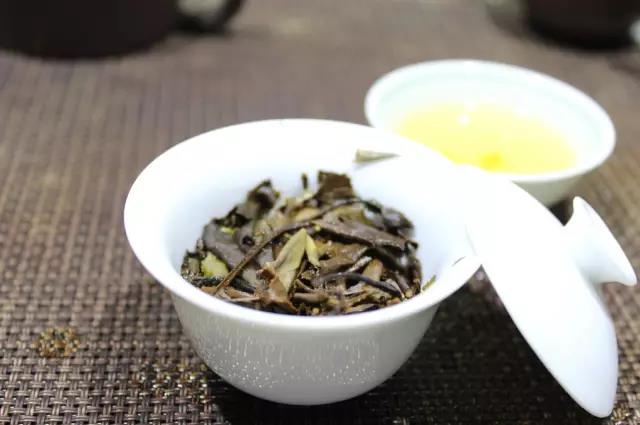
- Fresh Shou Pu-erh Tea
Normally, compared with aged tea, fresh tea has some shortcomings, for example, its tea soup is not bright enough, its aroma is not pure enough, and its taste is not mellow enough, often with some unpleasant feelings, such as "pile-fermentation taste" and heavy bitter taste. The water extract of fresh Shou Pu-erh Tea (such as China Compressed Shou Cha Pu-erh Pearls Tuo Cha Dark tea of Bird’s Nest Cake Dragon Pearl Shape) dissolves quickly, so you should try your best to give play to its strong points and avoid its shortcomings: washing the tea at high temperature to remove foreign flavor, slightly cooling it down to drink, making the brewing rhythm slightly faster to avoid bitter taste and "miso soup" appearance.
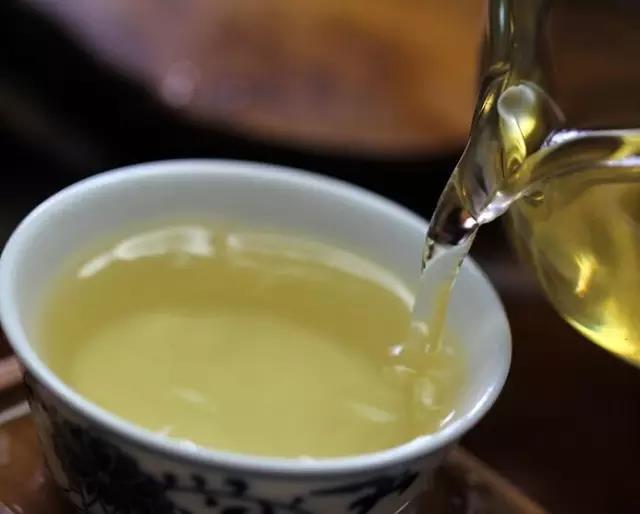
- Aged Sheng Pu-erh Tea, Aged Shou Pu-erh Tea
Aged tea generally requires to be awakened and brewed at high temperature. Relatively speaking, the quantity of tea to be put into tea pot of Aged Sheng Pu-erh Tea (such as Yunnan Xiaguan Jinggu Yue Guang Bai/Moonlight White/Moonlight Beauty/White Moonlight Green Pu-Erh Tea Cake from Ancient Arbor Tree) is smaller than that of Aged Shou Pu-erh Tea (such as 20 Year Organic Loose Leaf Chinese Ancient Fermented Vintage Aged Imperial Royal Pu’er/Pu-erh Tea from Yunnan), and the water temperature for brewing Aged Shou Pu-erh Tea is slightly higher.
For many Aged Sheng Pu-erh Tea, you should open the cover between every two brewings and continue another brewing after the brewed tea leaves are slightly cooled, and then you will have a different feeling. You might as well have a try.
After years of time precipitation, some aged tea might be odorous due to improper storage. You can prevent that as far as possible by washing tea at high temperature and washing tea many times. The selection of dark-red enameled pottery for brewing the tea also has a good correction function on miscellaneous taste.
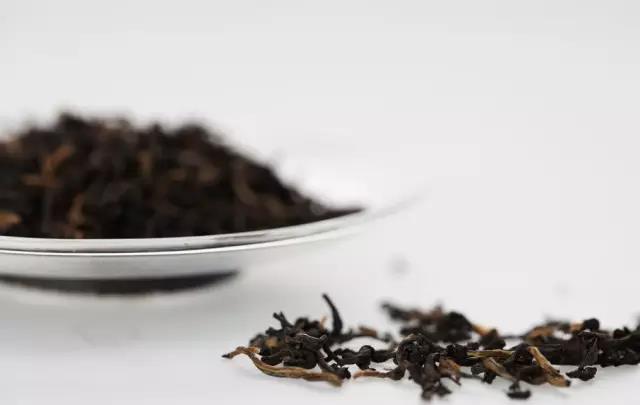
- Degree of Tightness and Compactness of theTea Leaves
Generally speaking, the quantity of tea to be put into tea pot of tighter and more compact tea is smaller, while the water temperature for brewing the tea is slightly higher. High water temperature can fully awaken the tea.
As soon as the tight and compact tea is loose, the dissolution rate will be very high, so the quantity of tea to be put into tea pot is relatively small.
For tight and compact tea which are several years old, you should pay attention to the brewing rhythm, which is usually “tight at first but afterwards loose": you need to wash tea slowly and pour out tea soup quickly, after several brewings, you can just brew the tea in a slow rhythm to let the tea take a rest, and then you will be pleasantly surprised to find a nice cup of tea in your hands again.
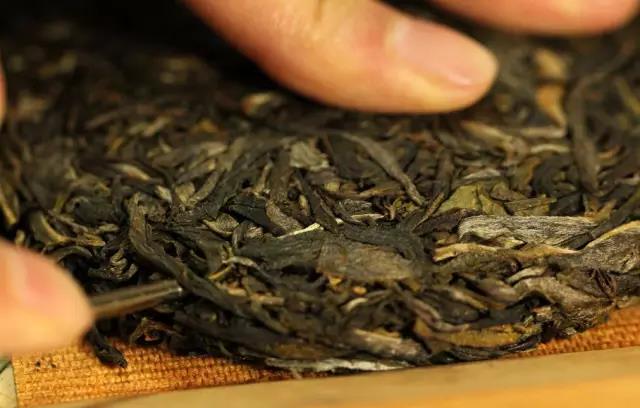
- Degree of Tenderness
Fine and tender Pu-erh tea (such as Gong Ting (Palace) Loose Leaf Shou/Ripe/Ripened/fermented/Cooked Puer/Pu-erh Tea) is always not brewing-resistant. You can adopt a brewing method of "remaining root", that is, the tea soup should not be poured out completely during every brewing so as to maintain the stability of its taste; and the water temperature should also be properly controlled so as to avoid "cooking tea", especially to prevent unnecessary loss of effective components in tea caused by washing tea at high temperature, washing tea many times and washing tea for a long time, leading to loss of taste and drinking values.
The quantity of tea to be put into tea pot of tough Pu-erh tea should be greatly increased due to the reduction of inclusions in the overgrown tea. The brewing time should be prolonged. The tea should be brewed with high temperature or even cooked for drink.
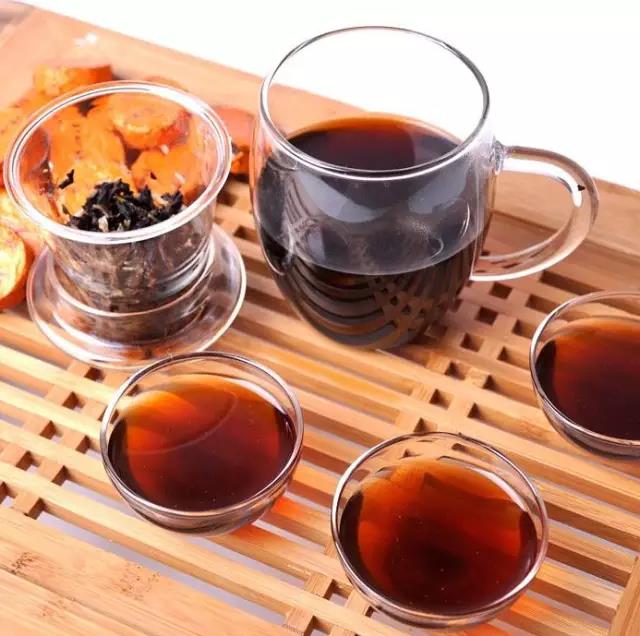
- Degree of Fermentation
Excessively-fermented tea tastes light and needs to be brewed with boiling water, and the steeping time needs to be prolonged, or the tea soup should be poured out quickly, otherwise it will be as thick as miso soup and difficult to drink.
- Degree of Uniformity
If the tea is more broken, its extracts dissolve quickly, and the tea soup should be poured out relatively more quickly.
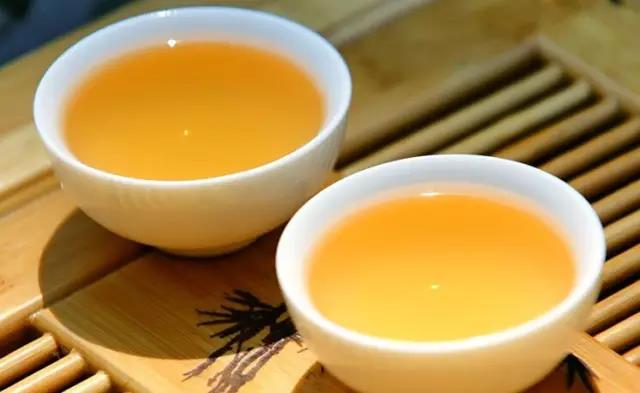
- Storage Condition
With good raw materials, good processing and good storage, the tea is the best for brewing and can have a good taste via any brewing techniques.
If there is a slight problem during storage, or if there is slight miscellaneous flavor, you can appropriately increase the tea washing frequency. If the tea has been deteriorated due to improper storage, even expensive tea does not have the drinking value any more.
- The Quantity of Teato be put into Tea Pot
It is a relative issue that depends on the drinking habits of the tea drinkers, the number of the tea drinkers, the size of the tea set and so on.
Generally speaking, Sheng Pu-erh Tea is less than Shou Pu-erh Tea, fresh Pu-erh Tea is less than aged Pu-erh Tea, tender Pu-erh Tea is less tough Pu-erh Tea. For particularly tough Pu-erh Tea, you can just take out the excess part and continue to brew it. So you don't have to be too cautious when deciding on the quantity of tea to be put into tea pot.


